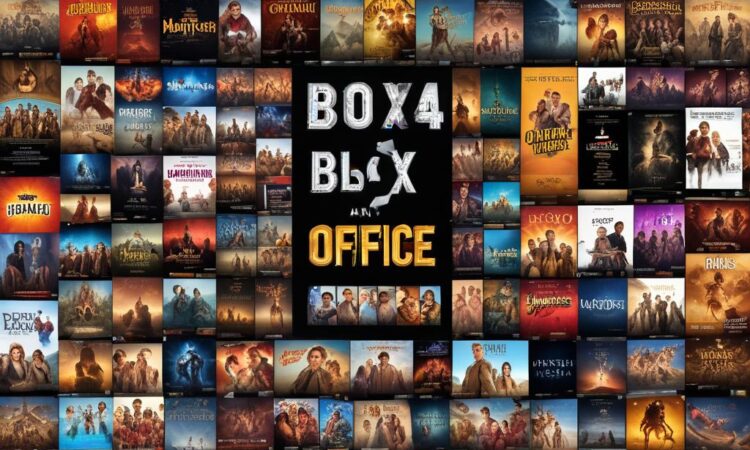Box Office Performance and Streaming Impact
The film industry is constantly evolving, and in recent years, the relationship between theatrical releases and home viewing has become increasingly complex. Streaming services have disrupted traditional distribution models, offering audiences a wider range of content and greater flexibility in how they consume it. This has led to a shift in how studios approach film releases, with some films opting for a simultaneous release in theaters and on streaming platforms, while others prioritize a traditional theatrical window before becoming available for home viewing.
The Rise of Streaming Services
Streaming services have become a dominant force in the entertainment industry, offering audiences a vast library of films, TV shows, and other content for a monthly subscription fee. Platforms like Netflix, Disney+, Amazon Prime Video, and HBO Max have amassed millions of subscribers worldwide, providing them with access to a diverse array of programming. The convenience and affordability of streaming services have made them a popular choice for consumers, contributing to a decline in traditional cable TV subscriptions and a shift in viewing habits.
Impact on Box Office Performance
The rise of streaming services has had a significant impact on box office performance. While some blockbuster films continue to attract large audiences in theaters, others have seen a decline in ticket sales as consumers opt to watch films at home on streaming platforms. The availability of films on demand has made it easier for audiences to access content without having to leave their homes, particularly during periods of economic uncertainty or pandemic-related restrictions.
However, it’s important to note that the impact of streaming services on box office performance is not uniform across all genres. Blockbusters with strong action, fantasy, or sci-fi elements often continue to thrive in theaters, as they offer an immersive and communal experience that is difficult to replicate at home. Meanwhile, independent films and smaller-budget releases may find it more challenging to compete with the vast library of content available on streaming platforms.
The Evolving Relationship Between Theatrical Releases and Home Viewing
The relationship between theatrical releases and home viewing is evolving rapidly. Studios are experimenting with different release strategies, seeking to maximize revenue and reach audiences across multiple platforms. Some studios are adopting a hybrid model, releasing films simultaneously in theaters and on streaming platforms, while others are maintaining a traditional theatrical window before making films available for home viewing. This approach allows studios to generate revenue from both theatrical releases and streaming subscriptions, while also catering to the diverse viewing habits of audiences.
The emergence of premium video on demand (PVOD) services has also contributed to the evolving landscape of film distribution. These services allow viewers to rent or purchase new releases at a premium price before they become available on streaming platforms. PVOD offers studios a new revenue stream, while also providing audiences with the opportunity to watch films early.
Factors Influencing Box Office Success
While streaming services have undoubtedly impacted the film industry, traditional factors still influence box office success. These factors include:
- Genre: Action, fantasy, and sci-fi films typically attract larger audiences in theaters, as they offer a more immersive and communal experience.
- Star Power: The presence of popular actors and directors can significantly influence box office performance.
- Marketing and Promotion: A strong marketing campaign can generate buzz and excitement for a film, attracting audiences to theaters.
- Critical Reception: Positive reviews and critical acclaim can boost a film’s visibility and attract audiences.
- Word-of-Mouth: Positive word-of-mouth recommendations can create a snowball effect, driving audiences to theaters.
The Future of Film Distribution
The film industry is likely to continue evolving as streaming services become increasingly dominant. Studios will need to adapt their strategies to reach audiences across multiple platforms, balancing the need for theatrical releases with the growing popularity of home viewing. The future of film distribution will likely involve a combination of traditional theatrical releases, simultaneous releases on streaming platforms, and premium video on demand services.
The rise of streaming services has undoubtedly disrupted the traditional film industry model, but it has also opened up new opportunities for filmmakers and studios. The future of film distribution is likely to be characterized by greater flexibility, diversity, and innovation, offering audiences a wider range of content and greater choice in how they consume it.

